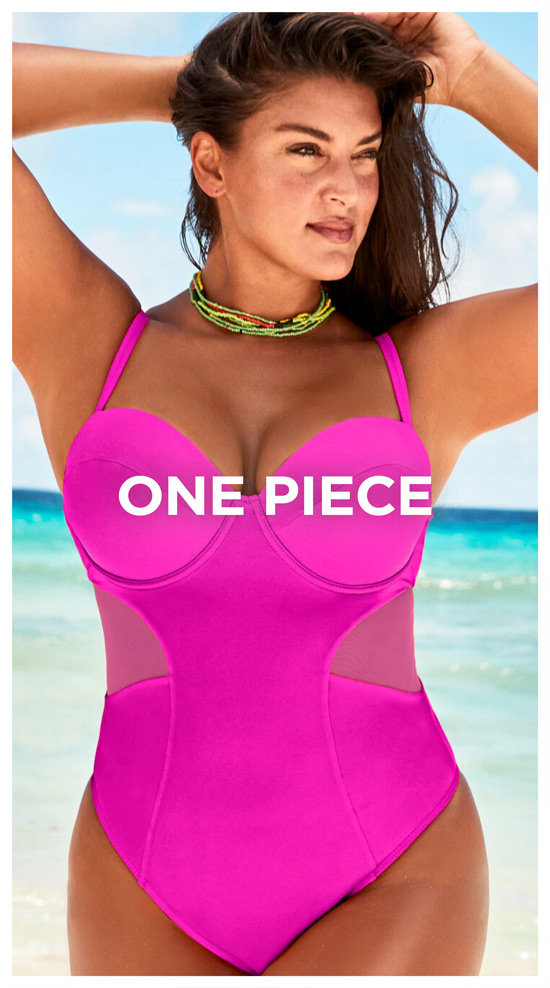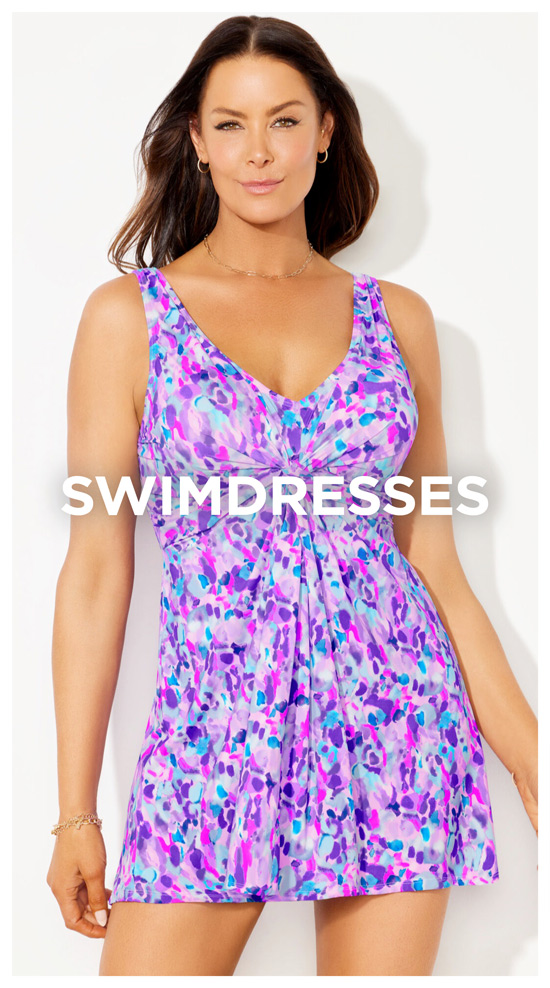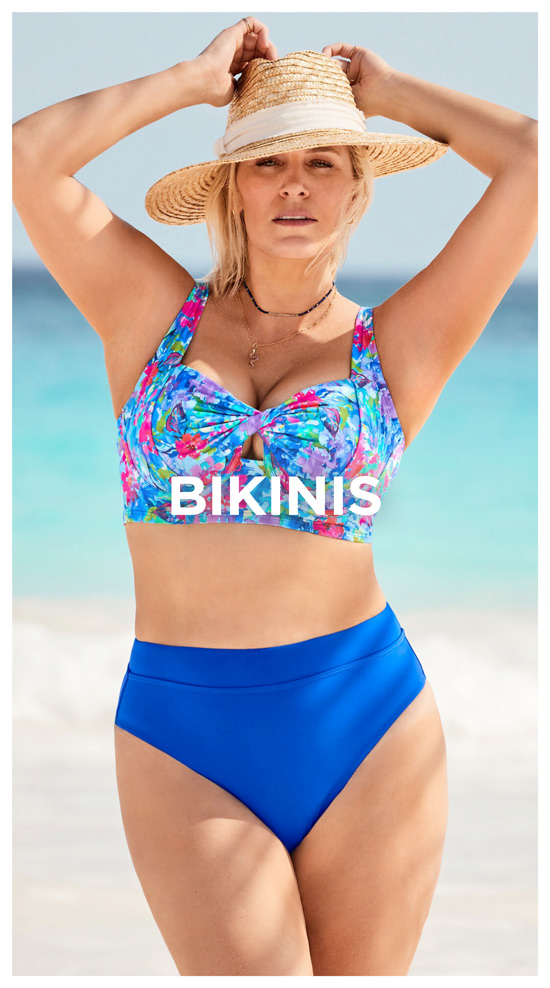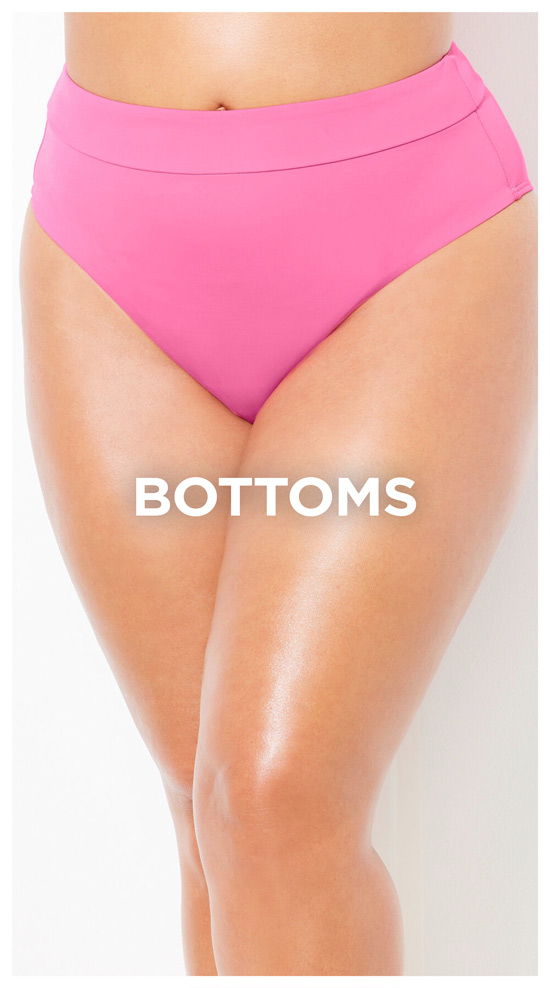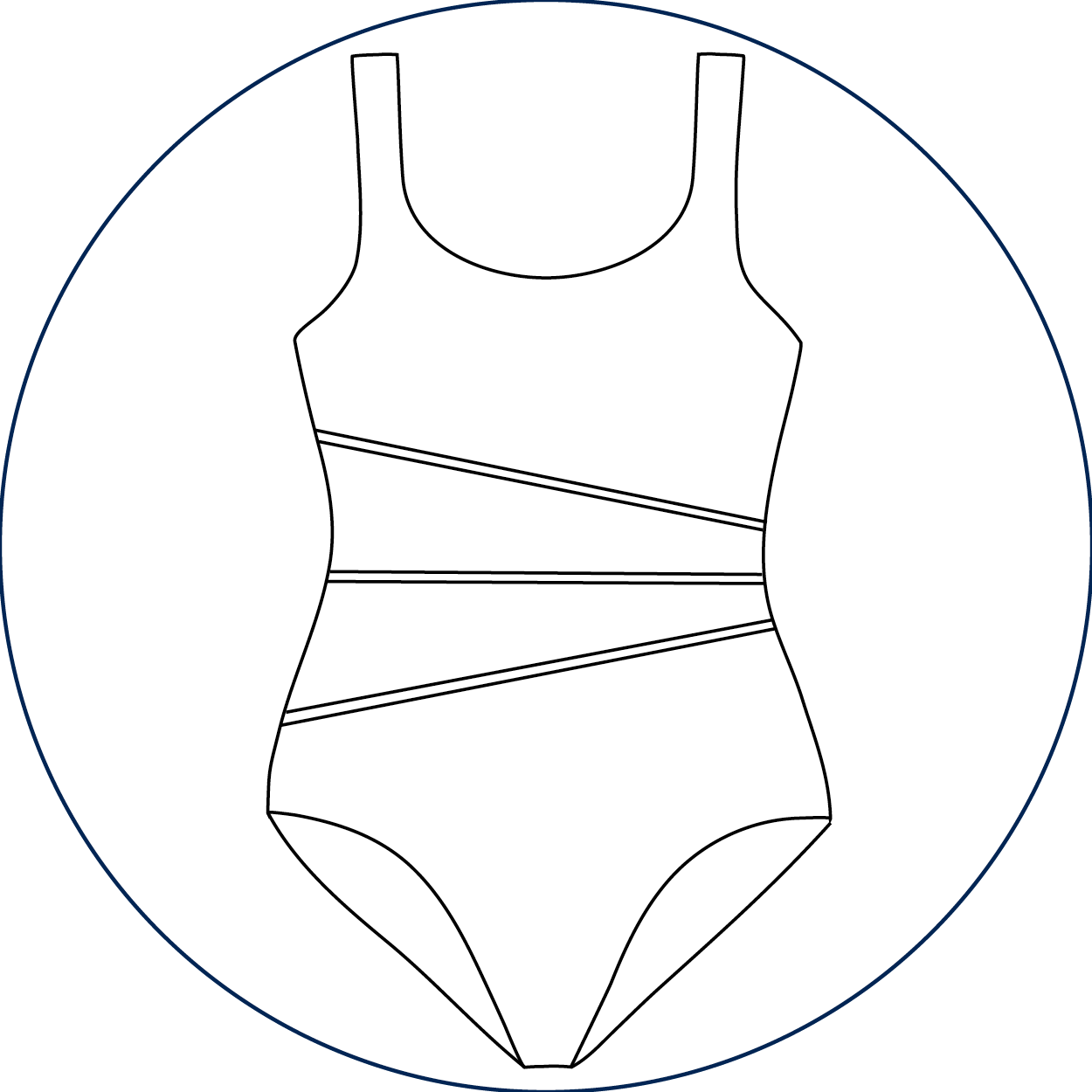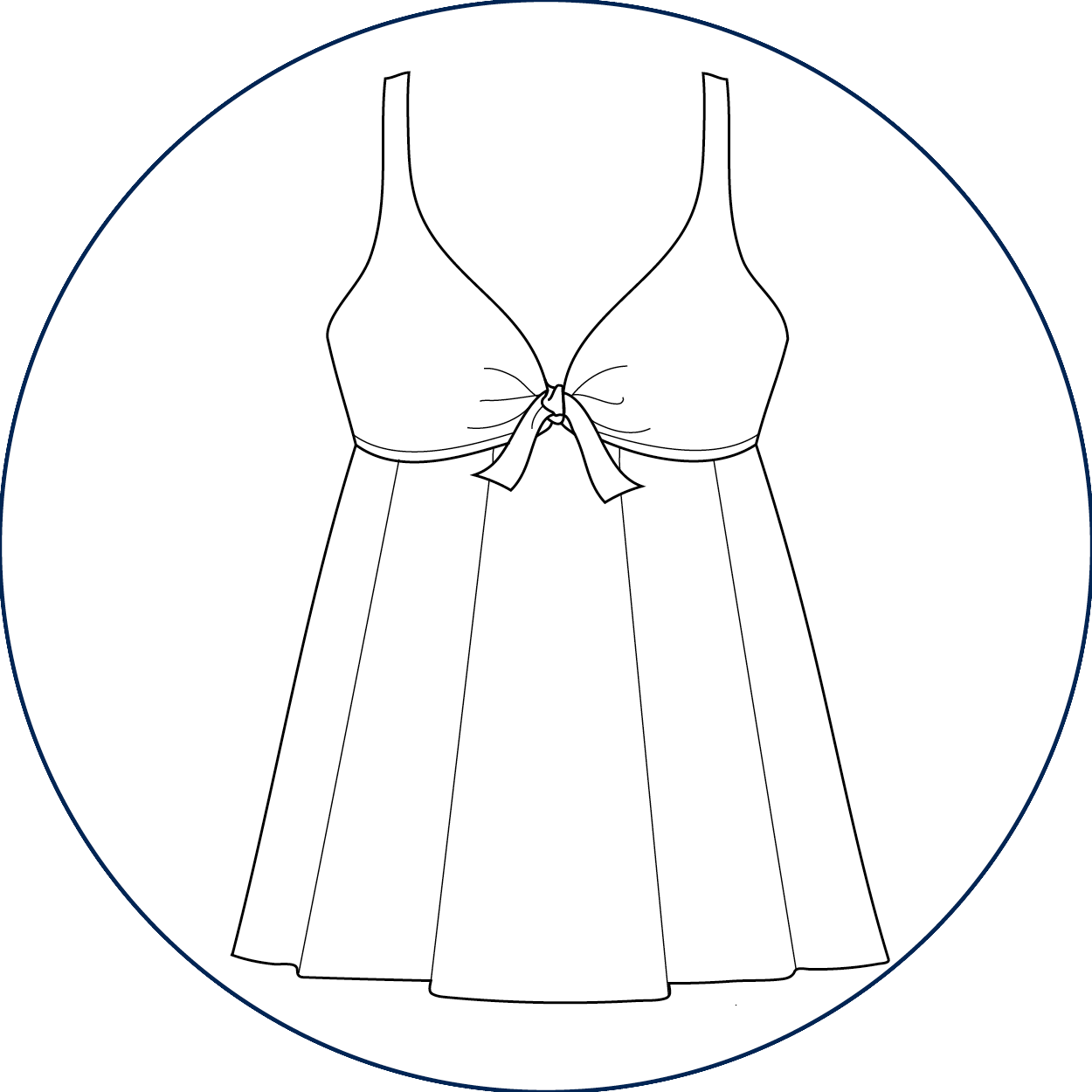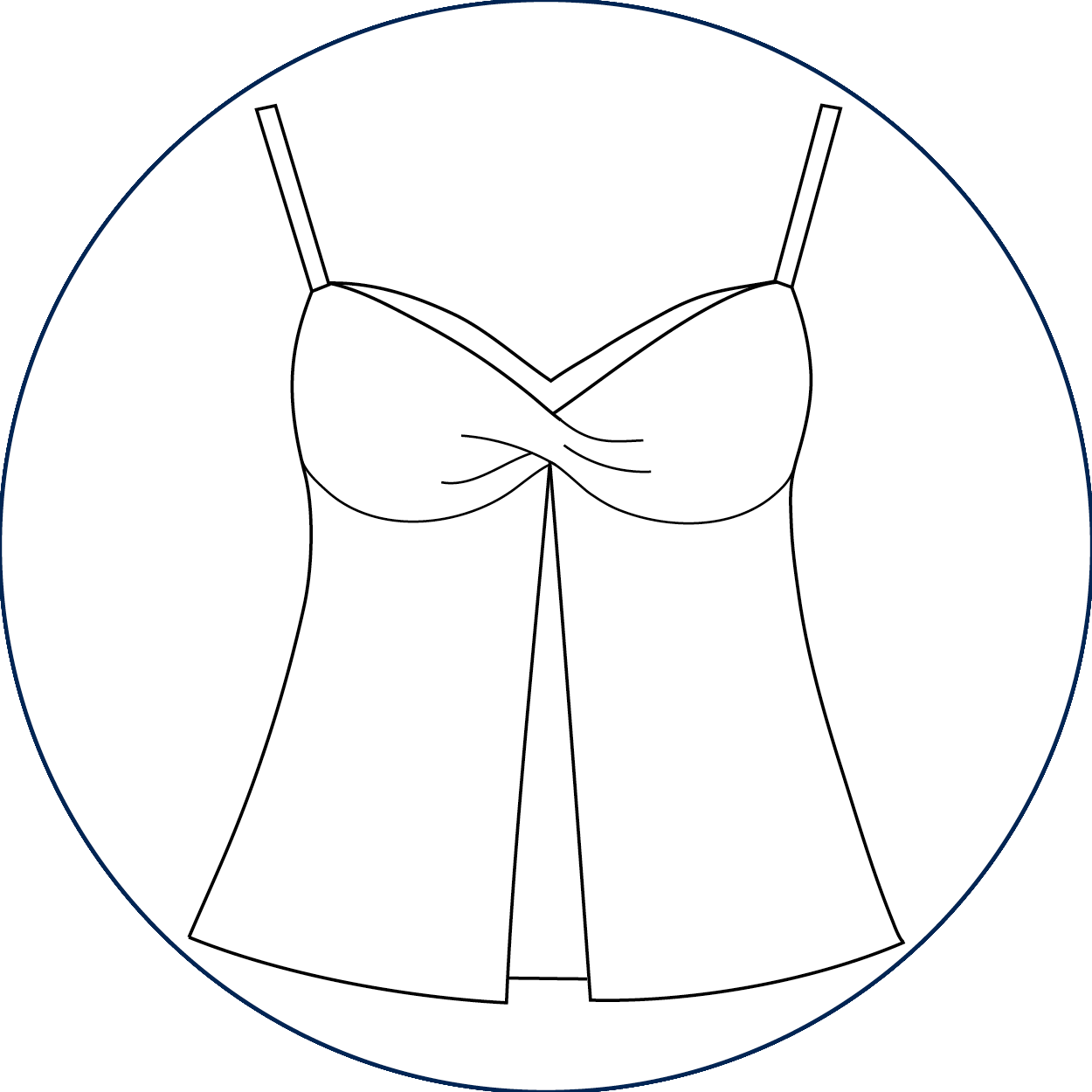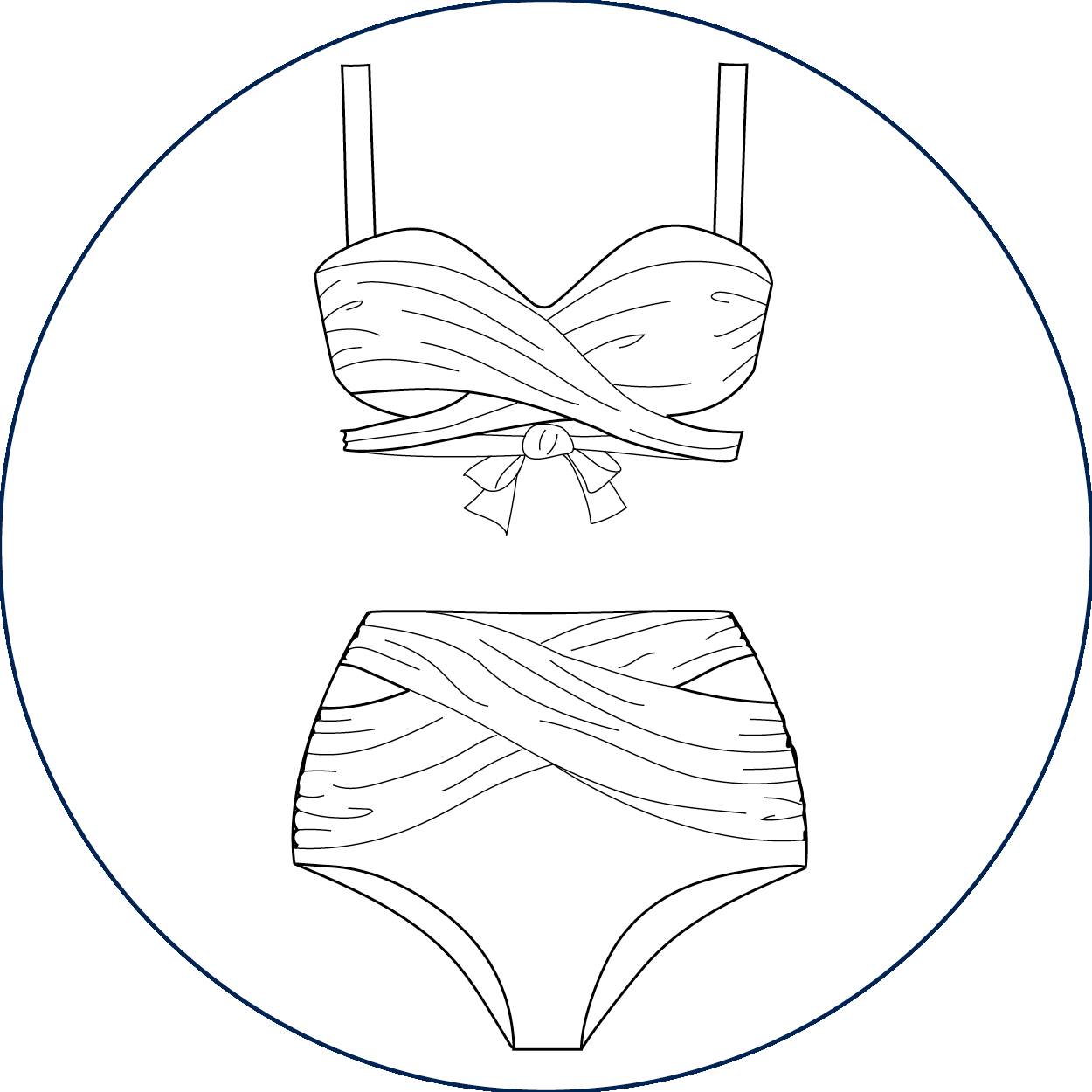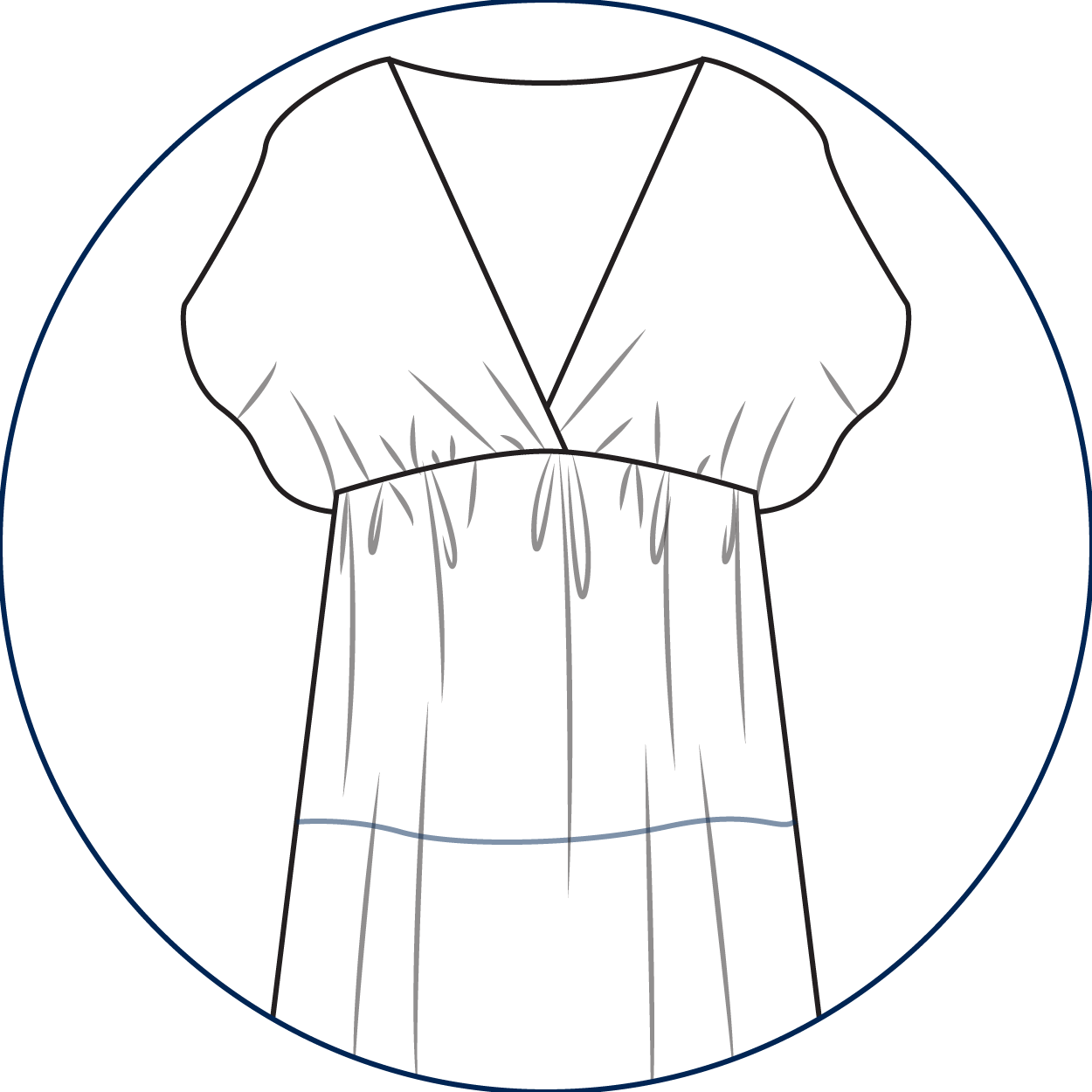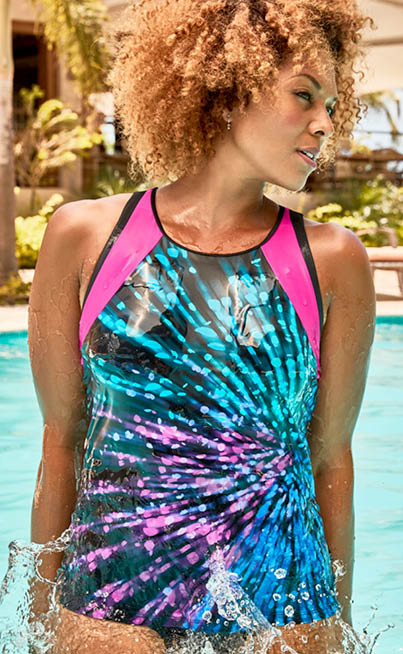

Our newest styles,
sure to make a splash
on your next adventure.
sure to make a splash
on your next adventure.
SHOP NEW ARRIVALS
SHOP NEW ARRIVALS
SHOP NEW ARRIVALS
SHOP NEW ARRIVALS
GET FIRST DIBS ON
NEW ARRIVALS
AND
SALE ALERTS
FROM THE SWIM EXPERTS

ENJOY
25
%
OFF
25% OFF
YOUR FIRST ORDER!*
SIGN UP FOR EMAILS ►
SIGN UP FOR EMAILS ►
SIGN UP FOR EMAILS ►

More than a cover up,
these
classic-cut shorts,
shirts, and dresses
make
showing up in a style a
breeze.
these
classic-cut shorts,
shirts, and dresses
make
showing up in a style a
breeze.
Shop by silhouette

Let us help you
FIND your
PERFECT SUIT!
PERFECT SUIT!
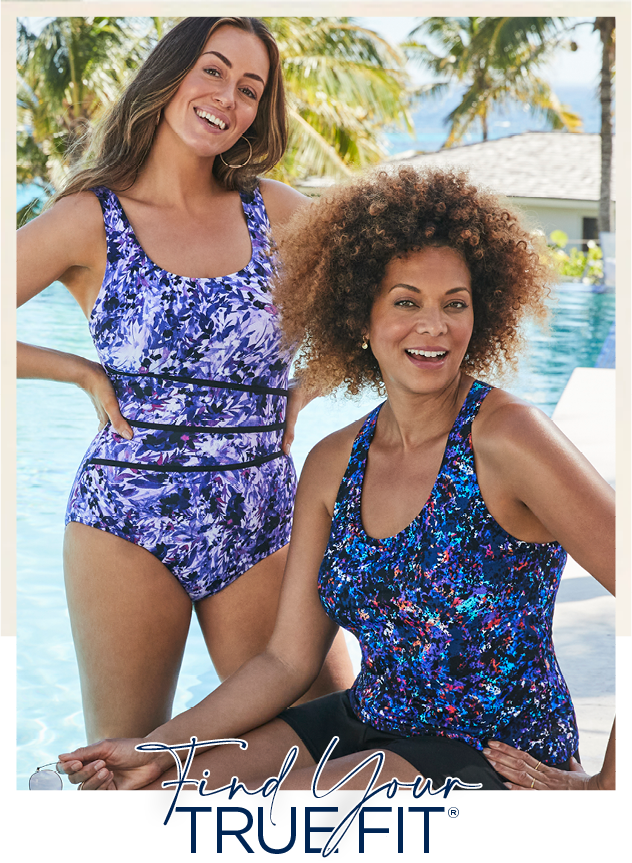
Take the guesswork out of looking
fabulous! Reveal the perfect size for
you in just a few clicks.
fabulous! Reveal the perfect size for
you in just a few clicks.
WHAT'S MY SIZE
WHAT'S MY SIZE
WHAT'S MY SIZE
WHAT'S MY SIZE

Take the quiz now and find
your best-fitting swimsuit
in just a few clicks!
your best-fitting swimsuit
in just a few clicks!
TAKE THE QUIZ
TAKE THE QUIZ
TAKE THE QUIZ
TAKE THE QUIZ
Shop by Body Type
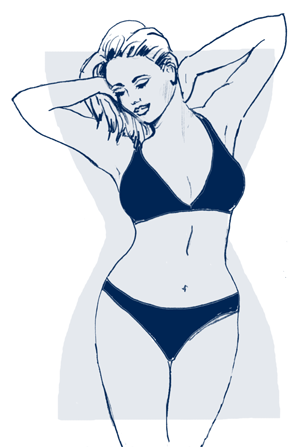
The curviest body type. Hourglasses have wider hips and shoulders, a smaller waist, full rear and thighs and shapely lower legs.
hourglass
hourglass
hourglass
hourglass
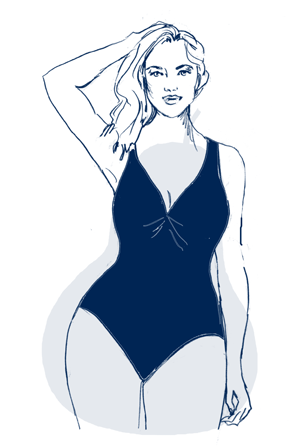
If your figure is fullest through the hips and thighs and narrower through the waistline and shoulders, you are a pear body type.
pear
pear
pear
pear
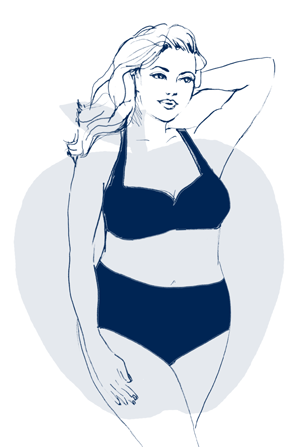
Apple body types are fullest along the bust, waist, back and tummy but narrower through the hips, rear and legs.
apple
apple
apple
apple
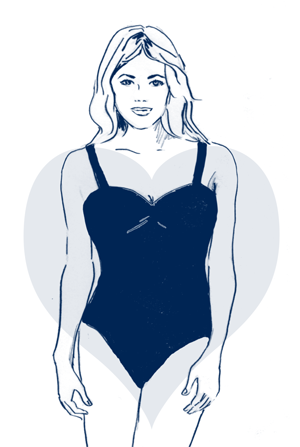
You typically have “more to love” up top. This body type is narrower along the hips and thighs and fuller through the shoulders and bust.
heart
heart
heart
heart
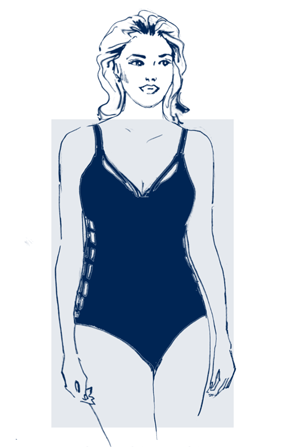
A straighter frame. Your hips tend to have a similar width as your shoulders. You do not typically have a lot of curves.
athletic
athletic
athletic
athletic

DEFINE Your NECKLINE
From v-neck to sweetheart and more,
we’ve got the flattering necklines to suit your style.
we’ve got the flattering necklines to suit your style.
DEFINE Your
NECKLINE
From v-neck to sweetheart and more,
we’ve got the flattering necklines
to suit your style.
we’ve got the flattering necklines
to suit your style.
Exclusively

OUR ![promise]() TO YOU
TO YOU
Best Fit
Fit tested on real people of every size, each garment is evaluated using 40 points of measure to give you the best fit possible (really).
Thoughtful Construction
From high-quality, stay-put fabric, to no-quit elastic that goes the distance, to cups that don’t collapse, every part of our suits serves a purpose.
Uncompromised Style
Season after season, our design team travels the world in search of inspiration for each new collection, bringing you more of what you want.
VIEW OUR FIT GUIDE
VIEW OUR FIT GUIDE
VIEW OUR FIT GUIDE
VIEW OUR FIT GUIDE
LEARN MORE ABOUT TRUEFIT
LEARN MORE ABOUT TRUEFIT
LEARN MORE ABOUT TRUEFIT
LEARN MORE ABOUT TRUEFIT

UP TO
80
%
OFF
Clearance!
As low as
$498
SHOP CLEARANCE
SHOP CLEARANCE
SHOP CLEARANCE
SHOP CLEARANCE
